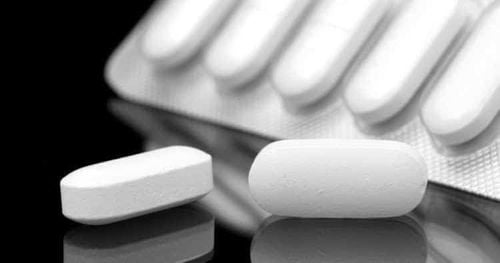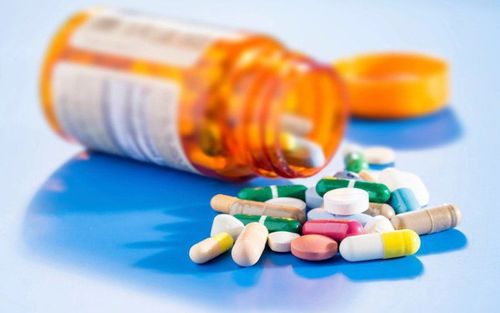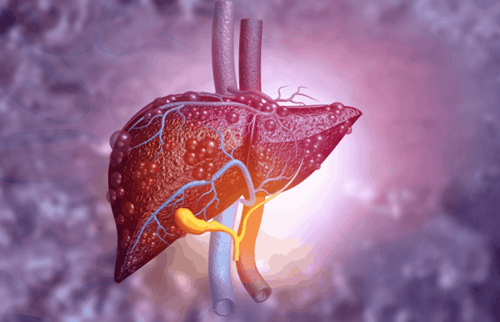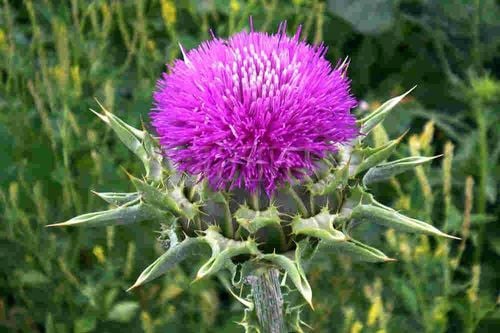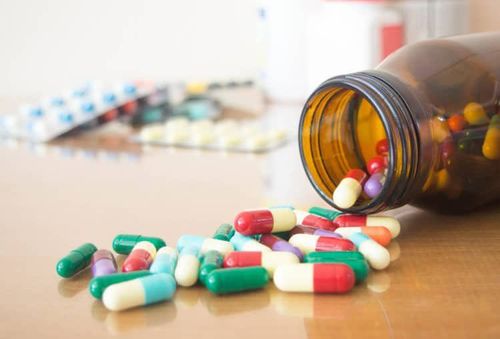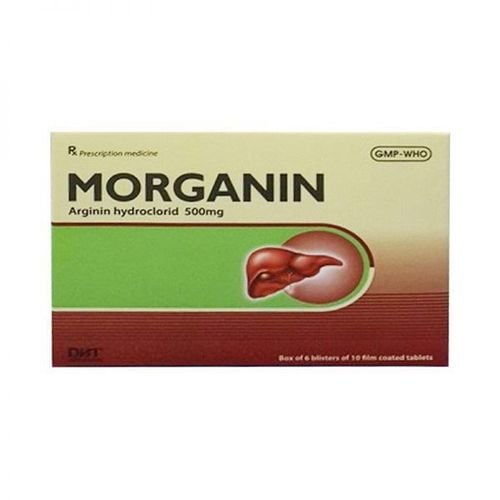This is an automatically translated article.
The article was professionally consulted with MSc.BSCKII Phan Thi Minh Huong - Gastroenterologist, Vinmec International Hospital Da Nang.Milk thistle has the scientific name of Silybum marianum, this is a tree with a long, slender stem, thorny leaves and purple-red flowers at the top. The group of active ingredients found in milk thistle known collectively as silymarin has antioxidant, antiviral, and anti-inflammatory properties. Milk thistle is used as an herb to treat diseases of the liver and gallbladder.
1. Effect of milk thistle
Milk thistle is a plant native to Europe and brought to North America by early colonists. Milk thistle is now found throughout the eastern United States, California, South America, Africa, Australia, and Asia. Milk thistle gets its name from the sap of the plant like milk that flows from the leaves when they are broken. All exposed parts and seeds are used to make medicine. Silymarin is the main active ingredient in milk thistle, which has both anti-inflammatory, antioxidant and hypoglycemic effects. Milk thistle seeds can protect liver cells from harmful chemicals and drugs.Currently, milk thistle taken orally is the most common for liver disorders, including liver damage caused by chemicals, alcohol, and chemotherapy, as well as liver damage from Amanita mushroom poisoning, liver disease. non-alcoholic steatosis , acute hepatitis , cirrhosis and chronic hepatitis .
Some people apply milk thistle directly to the skin to reduce skin damage caused by radiation.
In food, milk thistle leaves and flowers are eaten as a salad vegetable and as a substitute for spinach. Milk thistle seeds are roasted for use as coffee.
However, do not confuse milk thistle with sacred thistle (English name is Cnicus benedictus)
2. Is milk thistle good for the liver?
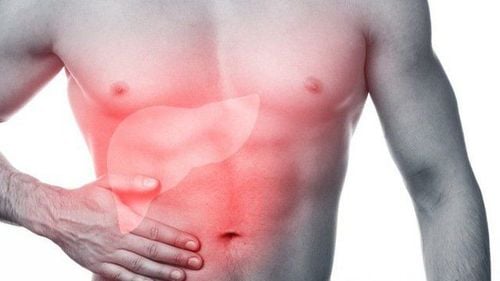
Theo các nhà khoa học, hợp chất Silymarin giữ cho độc tố trong máu không bám vào tế bào gan, giúp giải độc cho gan và trung hòa các gốc tự do
Medical research on milk thistle and liver health shows that silymarin helps reduce inflammation and promote cell repair, thereby helping to alleviate symptoms caused by liver diseases such as jaundice, cirrhosis, liver cancer. and fatty liver disease.
However, other studies have not shown any effect against infectious liver diseases such as hepatitis C, which is a viral infection. One large study found that people with hepatitis C did not benefit even from higher-than-normal doses of silymarin because no changes in viral load or quality of life were found in those taking thistle. milk, compared with those taking a placebo.
To date, no herbal supplement has been shown to be effective against hepatitis C.
Currently, silymarin is well documented as a treatment for a certain type of mushroom poisoning. Like Amanita phalloides mushroom is also known as death mushroom and this fungus is responsible for most of the deaths caused by eating mushrooms worldwide each year. Ingesting Amanita phalloides can lead to liver damage and even liver failure and when treated with silymarin is very helpful, but is still undergoing clinical trials.
Trắc nghiệm: Làm thế nào để bảo vệ lá gan khỏe mạnh?
Làm test trắc nghiệm kiểm tra hiểu biết về gan có thể giúp bạn nhận thức rõ vai trò quan trọng của gan, từ đó có các biện pháp bảo vệ gan để phòng ngừa bệnh tật.3. Side effects of milk thistle
In general, milk thistle is very safe when taken exactly as recommended. Some people have reported nausea, bloating, diarrhea, or loss of appetite. Others have reported headaches or itching after use.Milk thistle can cause an allergic reaction, especially if you are allergic to other plants in the same family as milk thistle, including ragweed, marigolds, and daisies.
People with diabetes should talk to their doctor before they take milk thistle as it can lower blood sugar.
Do not use milk thistle if you have breast, uterine or ovarian cancer; endometriosis or uterine fibroids. Because the compound Silymarin can mimic estrogen, it will make your condition worse. If you are pregnant or nursing, talk to your doctor before you take milk thistle or any herbal supplement containing silymarin.

Một số người có thể gặp tình trạng buồn nôn, dầy bụng sau khi sử dụng cây kế sữa
4. Drug interactions
Talk to your doctor before you use milk thistle as it can affect the effectiveness of some of the following medicines:Diabetes medicines Hepatitis C medicines Metronidazole Diazepam (Vali) Warfarin (Coumadin, Jantoven) ) Sirolimus (immunosuppressants)
5. How do you drink milk thistle?
Milk thistle comes in powder, capsule, pill, or liquid form. You can mix milk thistle powder into a smoothie or stir it into filtered water. The capsule form is to be taken with water only and the liquid form is mixed with water.Always talk to your doctor before you take any herbal supplements.
Please dial HOTLINE for more information or register for an appointment HERE. Download MyVinmec app to make appointments faster and to manage your bookings easily.
Reference source: Webmd.com; Healthline.com



